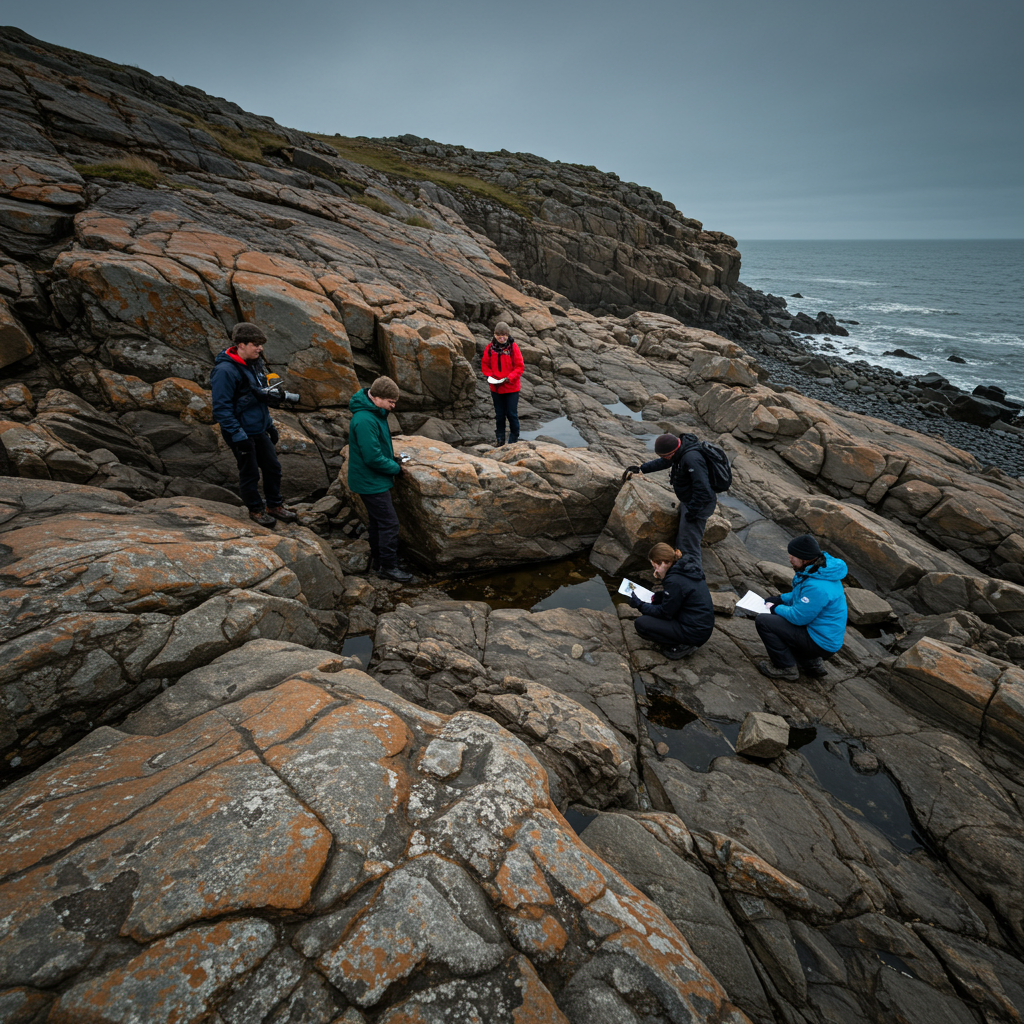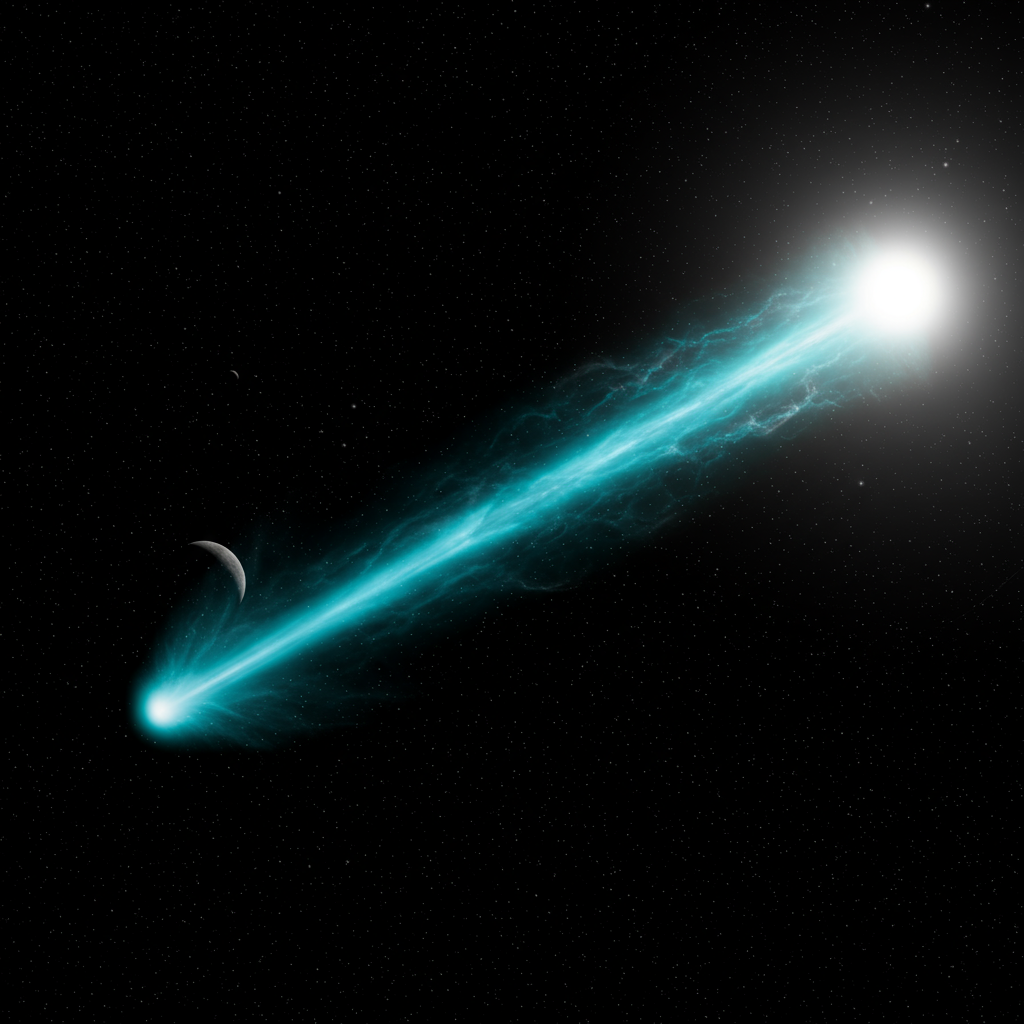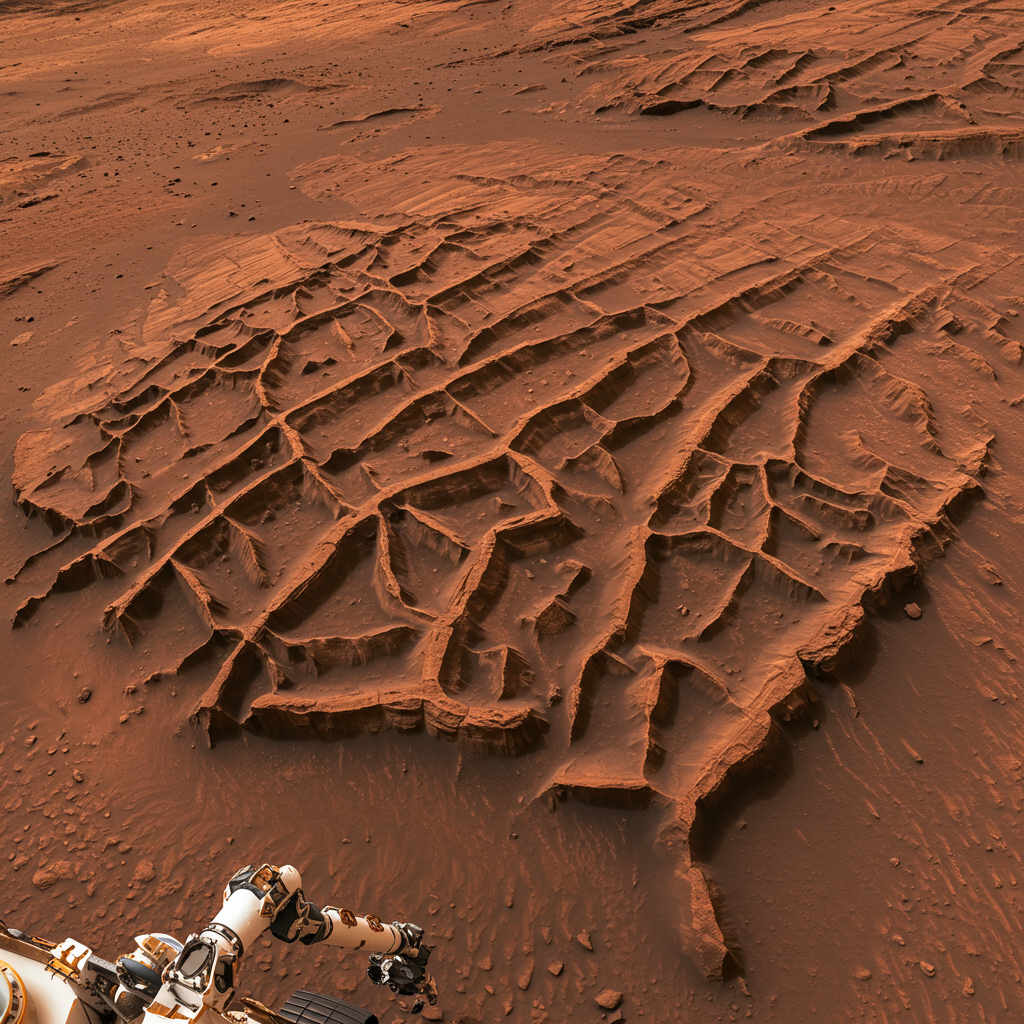Deep on the northeastern coast of Canada, a rugged landscape holds rocks that might be the oldest known intact pieces of Earth’s crust. For years, geologists have debated whether the Nuvvuagittuq Greenstone Belt, located on the shore of Hudson Bay, contains rocks dating back over 4 billion years to the mysterious Hadean Aeon – a time just a few hundred million years after our planet first formed. New scientific measurements are now making a compelling case that they do.
Unlocking Secrets of the Hadean Earth
Imagine Earth just over 4 billion years ago. It was a vastly different place: a young planet still cooling, with magma from the mantle interacting with a nascent, primordial crust. Over billions of years, almost all of this early crust was recycled back into the fiery mantle through geological processes. Scientists believe that only a tiny fraction might have survived, possibly in places like the Nuvvuagittuq Greenstone Belt.
Finding intact rock samples from the Hadean is incredibly significant. While individual mineral grains, like hardy zircons found elsewhere, exist from this period, complete rock formations offer a unique window into this ancient past. Understanding the Hadean could shed light on fundamental geological mysteries, such as when and how plate tectonics began, and what the composition of Earth’s first oceans might have been.
The timing of plate tectonics is particularly crucial for understanding Earth’s trajectory. Unlike other rocky planets like Mars or Venus, Earth possesses active plate tectonics and is the only known planet harboring life. This isn’t a coincidence; tectonic activity is thought to be vital for making a planet habitable. It regulates climate over geological timescales via the carbon cycle, brings essential nutrients to the surface through volcanism, and creates diverse habitats. Pinpointing when this process started – whether very early in the Hadean or much later – is key to linking Earth’s geology with the emergence and evolution of life.
The Dating Debate: Two Clocks, One Rock
The debate over the Nuvvuagittuq rocks intensified in 2008 when Jonathan O’Neil, then at McGill University (now at the University of Ottawa), and colleagues published a study estimating the age of parts of the formation to be approximately 4.3 billion years old. This would firmly place their creation in the Hadean Aeon, making them potentially the world’s oldest.
However, dating such ancient rocks is challenging. Ideally, geologists use zircons, incredibly stable minerals that preserve their chemical composition over billions of years. The volcanic rocks in the Nuvvuagittuq Greenstone Belt lack these ideal minerals. “We can’t date these rocks using that technique that everybody loves,” explains O’Neil.
Instead, the team relied on a method measuring the ratios of isotopes of samarium and neodymium. As samarium radioactively decays, it produces different neodymium isotopes at known rates. This ratio acts like a geological “clock,” counting up from when the rock solidified from magma. Complicating matters, two different samarium isotopes decay at different rates, providing two separate clocks. The initial controversy arose because these two clocks didn’t agree on the age of the Nuvvuagittuq rocks, leading many experts to remain unconvinced by the 4.3-billion-year estimate. Richard Walker at the University of Maryland notes, “I don’t think a majority of the early-Earth-studying community was convinced.”
New Evidence Strengthens the Hadean Claim
In a recent analysis, O’Neil and his team approached the problem from a different angle. They dated rocks that intruded into the layer they suspect is 4.3 billion years old. By definition, any rock intrusion must be younger than the surrounding rock layers it cuts through. Therefore, dating the intrusion would establish a minimum age for the older surrounding rock.
Crucially, in these younger intrusive rocks, estimated to be about 4.16 billion years old, the two samarium-neodymium clocks did agree. “Both clocks are giving the exact same age,” O’Neil states.
This consistency in the younger, intrusive rock lends significant support to the idea that the surrounding Nuvvuagittuq rocks are indeed considerably older – old enough to fall within the Hadean Aeon, potentially representing that elusive remnant of Earth’s earliest crust.
Experts in the field are taking notice. Graham Pearson at the University of Alberta in Canada remarks, “I think they make as good a case as you can make.” Jesse Reimink at the Pennsylvania State University agrees, stating, “The simplest explanation for this data is that these are the oldest rocks in the world.”
The Ongoing Quest
While the new findings make a compelling case, the nature of dating the most ancient materials means the debate is likely far from over. As Reimink puts it, “When dealing with the oldest rocks and minerals, there’s no such thing as settled.”
Nevertheless, the evidence from the Nuvvuagittuq Greenstone Belt, bolstered by this new analysis, positions these Canadian rocks as prime candidates for holding the key to understanding Earth’s initial geological processes, potentially even shedding light on the very conditions that set the stage for a habitable planet capable of supporting life.




